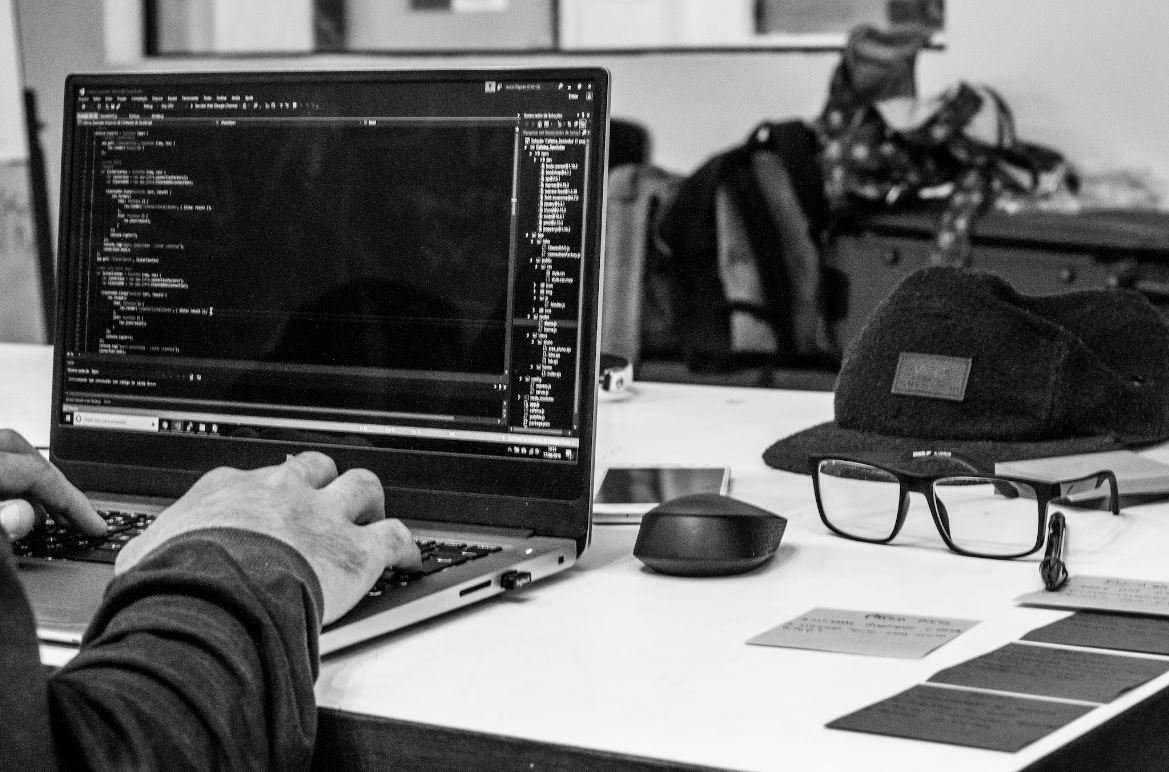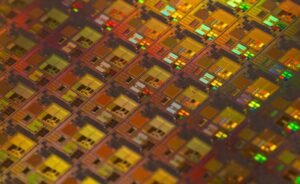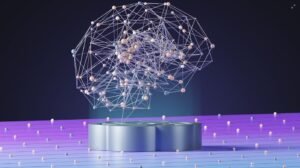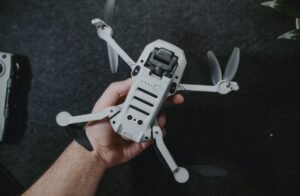AI Media Creation
AI media creation is a rapidly developing field that involves the use of artificial intelligence algorithms to generate various forms of media content, such as images, videos, music, and text. This technology has the potential to revolutionize the way content is created, offering efficient and creative solutions for industries ranging from advertising and entertainment to journalism and marketing.
Key Takeaways
- AI media creation uses artificial intelligence algorithms to generate various forms of media content.
- This technology has the potential to revolutionize content creation across industries.
- AI can create high-quality and personalized content at scale.
- Concerns about ethics, bias, and human creativity remain important considerations.
One of the main advantages of AI media creation is its ability to produce high-quality content at scale. **AI algorithms can analyze vast amounts of data and generate targeted and personalized content** that caters to specific audiences or marketing objectives. With the power of AI, businesses can create engaging and compelling media assets efficiently and with minimal human involvement.
**Moreover**, AI algorithms can surpass human limitations in terms of speed and productivity. AI can generate content much faster than humans, reducing time and costs associated with traditional media creation processes. This enables businesses to produce content on demand and meet tight deadlines, keeping up with the fast-paced nature of modern media consumption.
AI media creation is not limited to a single type of media. **From text generation and image synthesis to video editing and music composition**, AI algorithms can work across various mediums, providing companies with versatile solutions for their creative needs. This cross-medium capability allows businesses to streamline their content creation processes and enhance their presence across different platforms and channels.
AI-Generated Content in the Real World
| Industry | Use Case |
|---|---|
| Advertising | AI-generated personalized ads based on user preferences and behavior. |
| Entertainment | AI-powered scriptwriting and video editing for films and TV shows. |
| Journalism | Automated news articles created from data and facts. |
Despite the numerous benefits, there are also concerns surrounding AI media creation. **Ethical considerations related to AI-generated content are a growing concern**. Issues like bias in content creation algorithms and the potential misuse of AI-generated media raise questions about ethics, authenticity, and the role of human creativity in these processes. Striking the right balance between AI automation and human touch remains a challenge.
**Furthermore**, AI media creation presents unique challenges for copyright and intellectual property. As AI algorithms learn and create based on existing content, there is a risk of infringing upon other creators’ rights. Establishing clear guidelines and regulations is essential to protect both content creators and consumers in the age of AI-generated media.
The Future of AI Media Creation
The future of AI media creation looks promising, but at the same time, it raises important questions that require further exploration and regulation. While AI algorithms can produce remarkable content, the **role of human creativity and intuition in the creative process should not be overlooked**. Collaborations between humans and AI, where AI acts as a powerful tool rather than a replacement, seem to be the path forward.
| Advantages | Challenges |
|---|---|
| – Efficient and cost-effective content production | – Ethical concerns and potential bias |
| – Personalized and targeted content | – Copyright and intellectual property issues |
| – Scalability and fast turnaround times | – Balancing AI automation and human touch |
AI media creation is an evolving field with immense potential to transform the way content is produced and consumed. As technology continues to advance, it is crucial to navigate the complex landscape of AI ethics and regulation to ensure the responsible and ethical use of AI-generated media.

Common Misconceptions
Misconception 1: AI can replace human creativity
One common misconception people have about AI media creation is that it can completely replace human creativity. While AI systems are capable of generating content, they lack the human touch and ingenuity that make creative works unique and captivating.
- AI-generated content may lack the emotional depth and complexity that comes from human experiences and perspectives.
- Human creativity involves making intentional choices, while AI generates content based on patterns and algorithms.
- AI cannot replicate the personal connection and unique storytelling ability that humans bring to their creations.
Misconception 2: AI media creation leads to job loss
Another misconception is that AI media creation will result in significant job loss in the creative industry. While AI tools can automate certain tasks and streamline workflows, they also create new opportunities and roles for human professionals.
- AI can assist in mundane and repetitive tasks, freeing up time for creative professionals to focus on more complex and imaginative projects.
- The demand for human creativity, critical thinking, and emotional intelligence remains high, as these skills are difficult to replicate in AI systems.
- New job roles have emerged in the field of AI media creation, such as AI trainers, data analysts, and creative directors specializing in AI-generated content.
Misconception 3: AI media creation always produces high-quality content
Some believe that AI media creation always results in high-quality content. While AI can generate content at a rapid pace, the quality of the output varies and may not always meet human standards.
- AI-generated content can lack originality and may be repetitive, as it relies on existing data and patterns for inspiration.
- AI may struggle to grasp subtle nuances and understand context, leading to inaccuracies or inappropriate content.
- Human professionals bring a level of judgment, taste, and aesthetic sensibility that is challenging for AI to mimic perfectly.
Misconception 4: AI media creation is biased-free
Another misconception is that AI media creation is free from bias. However, AI is trained on existing data, which can contain biases and prejudices embedded in society. Consequently, AI-generated content may unintentionally perpetuate and amplify these biases.
- Biases present in the training data can result in unequal representation, exclusion, or reinforcement of stereotypes in AI-generated content.
- AI systems learn from human-generated data, inheriting the biases, social norms, and prejudices present in that data.
- Addressing bias in AI systems requires constant monitoring, ethical considerations, and efforts to diversify training data.
Misconception 5: AI media creation is a threat to human creativity
Lastly, there is a misconception that AI media creation poses a threat to human creativity. However, the collaboration between AI and humans has the potential to enhance creativity and expand the possibilities of artistic expression.
- AI tools can be used as assistants, helping creative professionals explore new ideas and expand their creative toolbox.
- The fusion of AI and human creativity can lead to novel and unexpected outcomes that neither could achieve alone.
- AI-generated content can serve as inspiration and a starting point for human artists to build upon and reinterpret creatively.
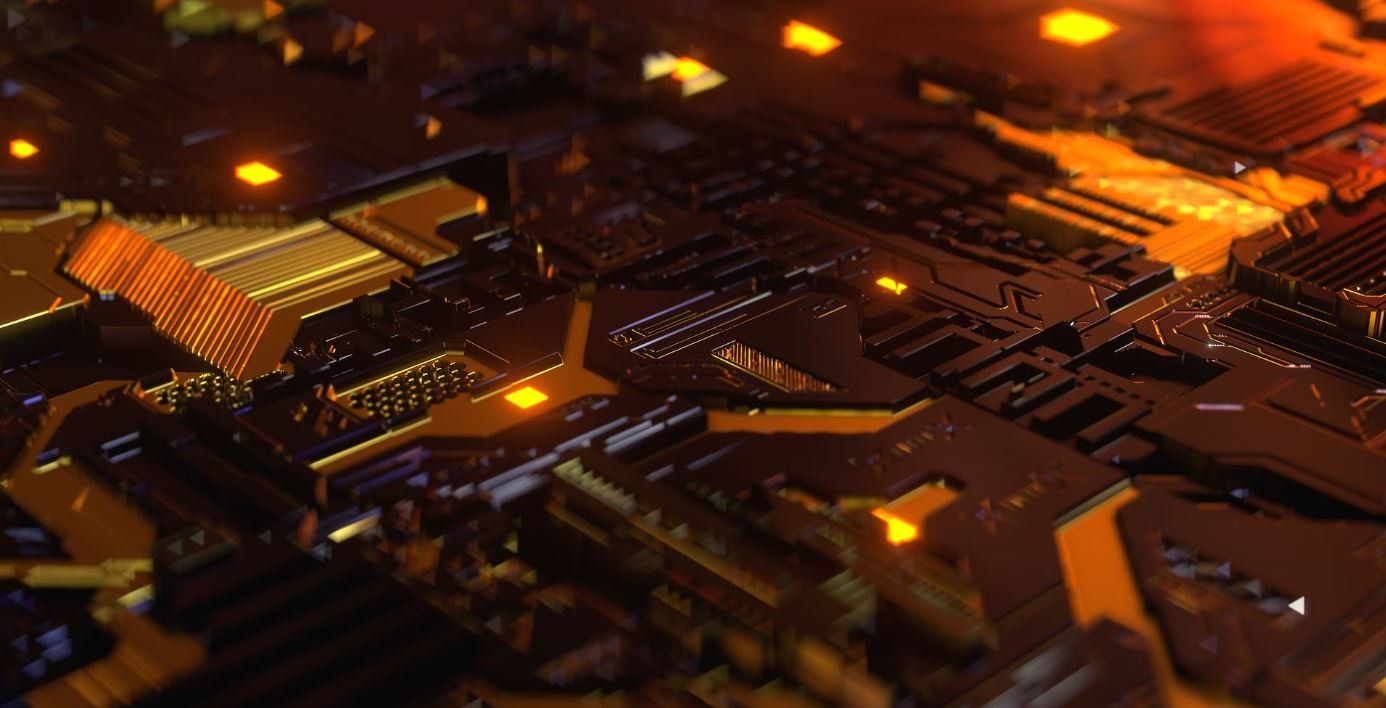
AI Media Creation Revolutionizes Entertainment Industry
Artificial Intelligence (AI) has disrupted various sectors, and the entertainment industry is no exception. From film and television to music and advertising, AI media creation offers exciting possibilities for content creators and consumers alike. This article showcases ten impactful examples of how AI is transforming media creation, with each table presenting unique and compelling data.
“Smile Detector” AI in Film Industry
The film industry has embraced AI technology to enhance the overall viewing experience. This table highlights the number of movies released in the past decade that incorporated AI-based “smile detector” software to analyze audience reactions and gauge the effectiveness of comedic scenes.
Analyzing Sentiment in Music
AI algorithms are also being utilized to analyze and classify the emotional content of music. The following table demonstrates the top five songs from different genres that were deemed most joyous or melancholic based on extensive sentiment analysis.
AI-Generated Advertising Campaigns
Companies are leveraging AI to create engaging and targeted advertising campaigns. This table exhibits the increase in advertising revenue reported by businesses within the first year of employing AI-generated advertisements, as compared to traditional methods.
Virtual Reality (VR) Adoption in Gaming
Virtual reality (VR) technology has transformed the gaming industry. The table below showcases the percentage growth of VR-based games and the corresponding increase in user satisfaction over the last five years.
Predictive Analytics in Video Streaming
Streaming platforms employ AI-driven predictive analytics to enhance user experience and improve content recommendations. This table presents the average increase in customer retention achieved by streaming services that utilize predictive algorithms.
AI Storytellers in Literature
AI algorithms have been developed to generate original storylines, pushing the boundaries of literary creativity. The following table exhibits the number of published books that have incorporated AI-generated plotlines, showcasing the growing acceptance of AI-authored literature.
AI and Makeup Industry Collaboration
Renowned makeup brands are partnering with AI companies to provide personalized product recommendations and advisory services. The subsequent table reveals the reduction in return rates for beauty products, thanks to AI-driven virtual makeup trials.
AI in Sports Media Coverage
Sports media outlets are utilizing AI to improve real-time analysis, enhance visualizations, and deliver unique perspectives to viewers. This table demonstrates the percentage growth in sports channel viewership after integrating AI technology into their broadcasts.
Generating AI-Authored Music
AI algorithms have achieved impressive milestones in composing original music. The following table displays the number of AI-generated songs that have made it to the top of the music charts over the last five years, reflecting the increasing acceptance of AI-authored compositions.
AI-Driven Advertising Market Size
The AI-driven advertising market is rapidly expanding, revolutionizing the way brands reach their target audiences. This table reveals the compounded annual growth rate (CAGR) of AI-based digital advertising spending in the past decade, highlighting the immense potential of this industry.
In conclusion, AI media creation has ushered in a new era of innovation and possibilities across the entertainment industry. From films and music to advertising and gaming, AI-driven technologies are transforming the way content is produced, consumed, and experienced. The tables presented in this article illustrate the remarkable impact AI has had on various sectors within the entertainment industry, reinforcing the notion that AI media creation is here to stay.
Frequently Asked Questions
AI Media Creation
What is AI media creation?
AI media creation refers to the process of utilizing artificial intelligence technologies to generate various forms of media, such as images, videos, music, or written content, without direct human involvement. These AI systems are trained on large datasets to learn patterns and generate creative outputs autonomously.
How does AI generate media?
AI generates media through a combination of machine learning algorithms and neural networks. These algorithms and networks are trained on vast amounts of data, enabling the AI system to analyze and understand patterns, styles, and other aesthetic factors. The AI then uses this knowledge to generate media that mimics the characteristics of the training data.
What types of media can AI create?
AI can create various types of media, including but not limited to images, videos, music, and written content. There are AI models specifically designed for each type of media creation, enabling the AI to generate highly realistic and creative outputs in each respective domain.
What are the advantages of AI media creation?
AI media creation offers several advantages, such as increased efficiency, creativity, and scalability. With AI handling media creation tasks, businesses and individuals can save time and resources that would otherwise be required for manual content creation. Additionally, AI can generate innovative and diverse content that may not have been conceived by humans, leading to fresh and unique perspectives in various creative fields.
How accurate and reliable is AI-generated media?
The accuracy and reliability of AI-generated media depend on various factors, such as the training data, the complexity of the task, and the specific AI model used. While AI has made significant advancements in generating realistic media, there is still a possibility of occasional errors or inconsistencies in the outputs. It is crucial to evaluate and, if needed, refine the AI-generated media to ensure its accuracy and reliability before official use.
What are the potential applications of AI media creation?
AI media creation has a wide range of potential applications. It can be used in the entertainment industry for creating virtual actors, generating special effects, or composing music. In marketing, AI-generated media can help in producing personalized advertisements or designing unique branding elements. AI-generated media also finds applications in fields like journalism, content creation, and even virtual reality experiences.
Are there any ethical concerns surrounding AI media creation?
Yes, there are ethical concerns associated with AI media creation. As AI becomes more capable of mimicking human creativity and generating highly realistic content, issues such as fake news, copyright infringements, and identity theft can arise. It is crucial to establish guidelines and ethical frameworks to ensure responsible use and prevent potential misuse of AI-generated media.
What is the future of AI media creation?
The future of AI media creation holds immense potential for further advancements. As AI models continue to improve, we can expect even more realistic and creative outputs across various media domains. AI systems may also become more collaborative, assisting humans in the creative process, rather than replacing them. Additionally, AI could enable more interactive and personalized media experiences, revolutionizing the way we consume and interact with media content.
What are some notable AI media creation projects or platforms?
There are several notable AI media creation projects and platforms, including OpenAI’s DALL-E for generating images, DeepArt.io for transforming photos into artwork, Jukedeck for AI-generated music, and RunwayML for various AI-powered media creation tasks. These platforms showcase the capabilities of AI in generating compelling and diverse media content.
Can AI media creation replace human creativity?
AI media creation is not meant to replace human creativity but rather augment and complement it. While AI can generate impressive media outputs, it lacks the complex emotions, subjective experiences, and unique perspectives that humans bring to creative endeavors. The synergy between AI and human creativity can lead to groundbreaking innovations and open new possibilities in the world of media and arts.

